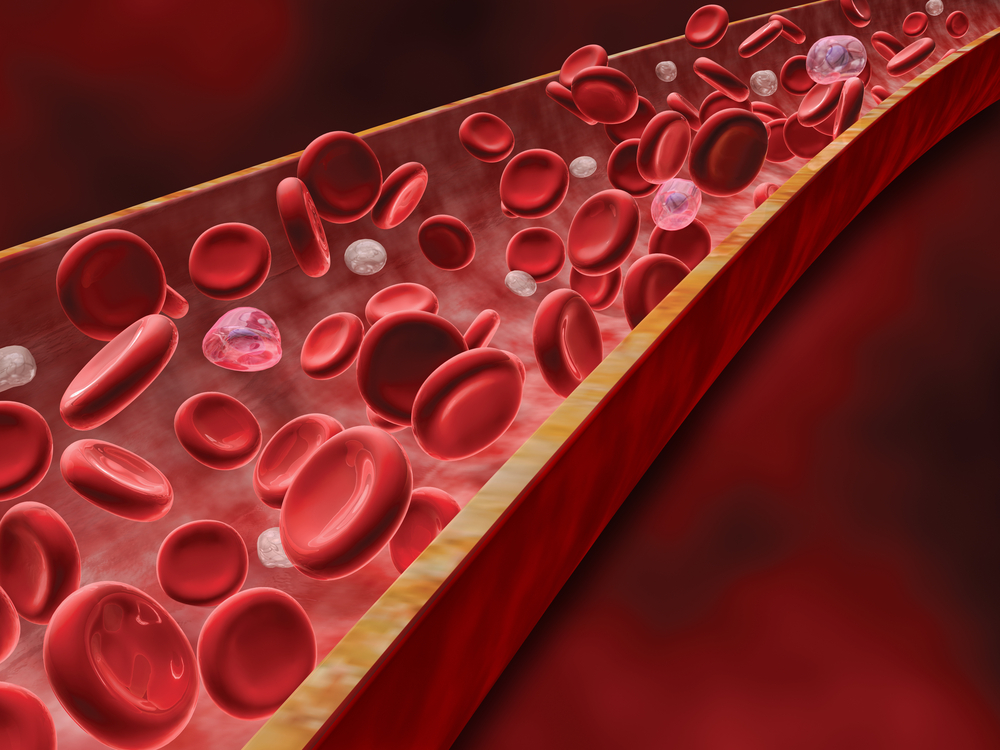Blood Test Can Differentiate Alzheimer’s From Other Dementias, Research Suggests

A blood test that measures the levels of a form of tau protein, known as phosphorylated-tau-181 (pTau181), could help diagnose Alzheimer’s disease in patients who show signs of dementia but have an uncertain diagnosis, a study suggests.
Moreover, the test could help clinicians quickly differentiate Alzheimer’s from other types of dementia, and serve as a patient-screening and treatment-assessment tool in clinical trials.
The study, “Diagnostic value of plasma phosphorylated tau181 in Alzheimer’s disease and frontotemporal lobar degeneration,” was published in Nature Medicine and funded by the National Institutes of Health (NIH).
With potential new disease-modifying treatments for Alzheimer’s disease, screening tests that are rapid to perform, inexpensive, and minimally invasive can help identify who might benefit from possible treatments.
“Particularly important will be differentiating [Alzheimer’s disease] from other related dementias, such as frontotemporal lobar degeneration (FTLD), which can sometimes be misdiagnosed as [Alzheimer’s] in younger individuals or patients with … mild cognitive impairment,” the researchers wrote.
Currently, two techniques are used to differentiate Alzheimer’s from other dementias: brain imaging, specifically to visualize amyloid-beta deposition in the brain using positron emission tomography (PET), and cerebrospinal fluid (CSF) testing to measure the levels of amyloid and tau protein. Both techniques, however, present significant downsides, such as invasiveness, high cost, and exposure to radiation.
“The considerable time and resources required for screening research participants with PET scans and spinal taps slow the pace of enrollment for Alzheimer’s disease treatment studies,” Richard J. Hodes, MD, director of NIH’s National Institute on Aging, said in a press release. “The development of a blood test would enable us to rapidly screen a much larger and more diverse group of volunteers who wish to enroll in studies.”
The brains of those with Alzheimer’s disease show accumulation of tau protein aggregates, which are thought to precede the loss of nerve cells, shrinkage of the brain, and cognitive impairment.
“It has become clear that there are many possible biological pathways to dementia,” said Roderick Corriveau, PhD, program director at NIH’s National Institute of Neurological Disorders and Stroke. “Finding a blood test that specifically identifies the presence of Alzheimer’s pathology in the brain should greatly help researchers develop better treatments for the many who suffer from dementia.”
In the study, a team of researchers at the University of California (UC) tested if measuring a form of tau protein — phosphorylated at residue 181 (pTau181) — in the blood of patients could differentiate between Alzheimer’s and FTLD patients.
The levels of pTau181 have been shown to increase with Alzheimer’s disease severity and, as such, could be a key biomarker of disease progression.
Being able to distinguish Alzheimer’s from FTLD with a simple test would be of clinical importance, as both conditions share similar clinical features.
The researchers measured the concentration of pTau181 in the blood plasma of more than 400 participants from the UC San Francisco’s Memory and Aging Center (part of the Alzheimer’s Disease Research Centers), the Advancing Research and Treatment for Frontotemporal Lobar Degeneration consortium, as well as a research study sponsored by Eli Lilly.
The team observed that Alzheimer’s patients had blood plasma levels of pTau181 that were 3.5 times higher than were found in those with FTLD, differentiating these groups from each other as well as Alzheimer’s patients from healthy controls.
Importantly, this blood test was able to identify participants who were positive for amyloid-beta brain depositions as observed with PET imaging, regardless of their clinical diagnosis, and correlated with the levels of tau deposition in the brain.
Interestingly, a different study from Lund University researchers, also published in Nature Medicine, corroborated these findings and showed that measuring the levels of blood plasma pTau181 could differentiate between Alzheimer’s and other neurodegenerative diseases, nearly as well as brain PET scans and CSF testing.
This team followed 589 participants for several years and found that the blood level of pTau181 could be used to predict the development of Alzheimer’s in those who were cognitively normal or had mild cognitive impairment.
“This research is an example of how studies on rare diseases, in this case FTLD, may provide important insights into common disorders such as Alzheimer’s disease, which affects millions of people,” said Tiina Urv, PhD, a program officer at the NIH’s National Center for Advancing Translational Sciences.






